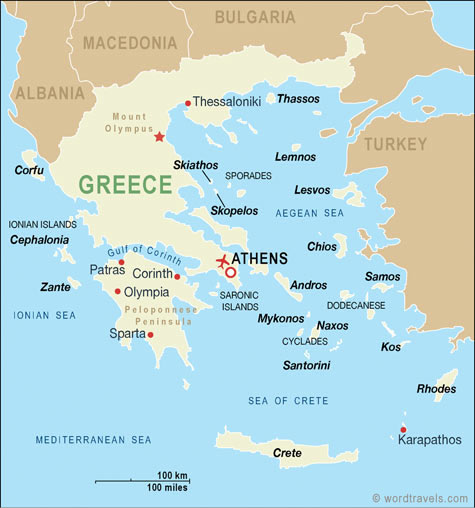Aristocrat warriors in ancient Greece were given “best” spots in cemeteries
 Athens, September 19 : Based on findings unearthed at a necropolis in Greece, archaeologists have determined that distinguished citizens, like aristocrat warriors, in ancient times were given the “best” spots in pre-Classical cemeteries.
Athens, September 19 : Based on findings unearthed at a necropolis in Greece, archaeologists have determined that distinguished citizens, like aristocrat warriors, in ancient times were given the “best” spots in pre-Classical cemeteries.
The excavations, conducted by the 17th ephorate of prehistoric and classical antiquities, focused on 50 tombs in the western cemetery of the ancient settlement.
According to a report by Athens News Agency, ten of the 24 tombs, dated to the Archaic Period (580-480 BC), are believed to have belonged to aristocrat warriors.
Based on the findings, the specific tombs are positioned along two paths that crossed each other, confirming that the “best” spots in pre-Classical cemeteries were reserved for the tombs of the wealthy and members of the aristocrat class.
Moreover, the deceased were buried based on their social class while members of the same family were buried close to each other, forming clusters dating back to the second half of the 7th century BC (late Iron Age) and even down to the early Hellenistic era.
Based on the findings, archaeologists believe the advance of the Macedon kingdom to the Axios River region had taken place much earlier than anticipated and not after the Persian Wars, as maintained by most archeologists until recently.
More robust trading and evident prosperity comes from evidence dated to just after the reign of King Alcetas (early fifth century BC) with the population having increased access to luxury items as a result of trade relations forged with numerous states in the Mediterranean Basin. (ANI)